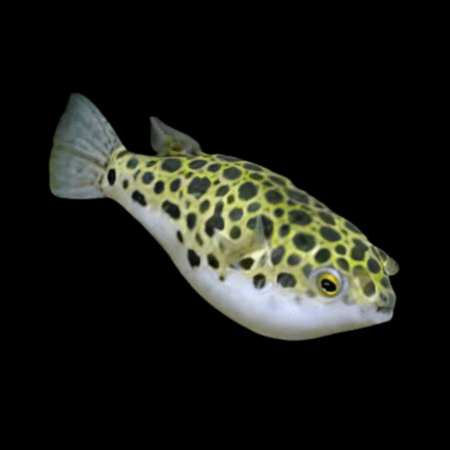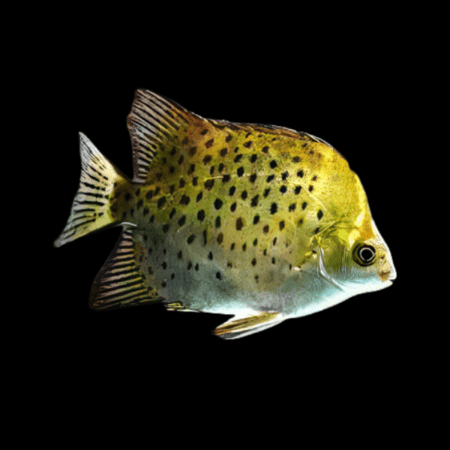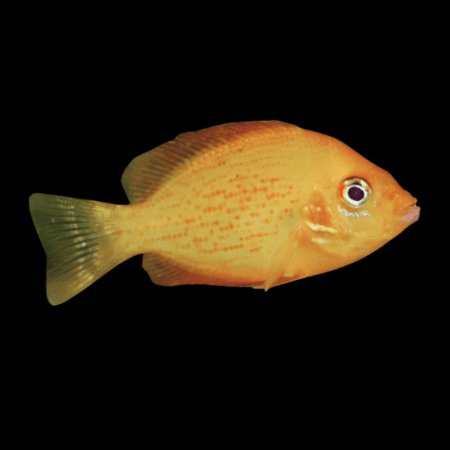Description
Freshwater Moray Eel White Cheek Echidna Rhodochilus 20cm
Overview: The Freshwater Moray Eel, specifically the White Cheek variety (Echidna rhodochilus), presents a unique and fascinating addition to the aquarium world. These creatures are known for their elongated bodies, distinctive white cheek markings, and intriguing behaviors. Despite their common name, they actually thrive in brackish conditions and require careful attention to maintain proper health and happiness in captivity.
Origin: The White Cheek Moray Eel originates from the Indo-Pacific region, spanning from the eastern coast of Africa to the islands of the Pacific. They are typically found in estuaries and coastal areas where freshwater meets the sea, adapting well to varying levels of salinity.
Feeding: These eels have carnivorous diets and prefer live or frozen foods such as shrimp, squid, and small fish. It’s important to ensure their food is size-appropriate and to occasionally offer variety to prevent nutritional deficiencies. They have a keen sense of smell, which they use to locate their food.
Tank Mates: Selecting tank mates for White Cheek Moray Eels requires caution. They do best with larger, peaceful fish that can hold their own but are not aggressive enough to provoke the eel. Small fish and invertebrates may be seen as prey. Compatibility with other eels is variable and should be approached with caution.
Aggression: While generally not aggressive towards larger fish, these eels can exhibit territorial behaviors, especially towards their own kind or similar species. They are more likely to hide than confront, but tight tank lids are a must to prevent escape attempts.
Experience Level: Caring for a White Cheek Moray Eel is best suited for intermediate to advanced aquarists. This is due to their specific brackish water needs, diet, and the care required to prevent stress and disease.
Water Parameters:
- Salinity: 1.005 – 1.022 SG (specific gravity)
- Temperature: 74°F – 80°F (23°C – 27°C)
- pH: 7.8 – 8.4
- Hardness: Medium to Hard
- Aquarium size: Minimum of 75 gallons for a single specimen, with a well-secured lid to prevent escape.
Creating an environment that mimics their natural habitat is crucial for their well-being. This includes providing hiding spots, such as PVC pipes or rock caves, and maintaining clean, well-oxygenated water. Regular water changes and monitoring of water parameters are essential for keeping these fascinating creatures healthy




